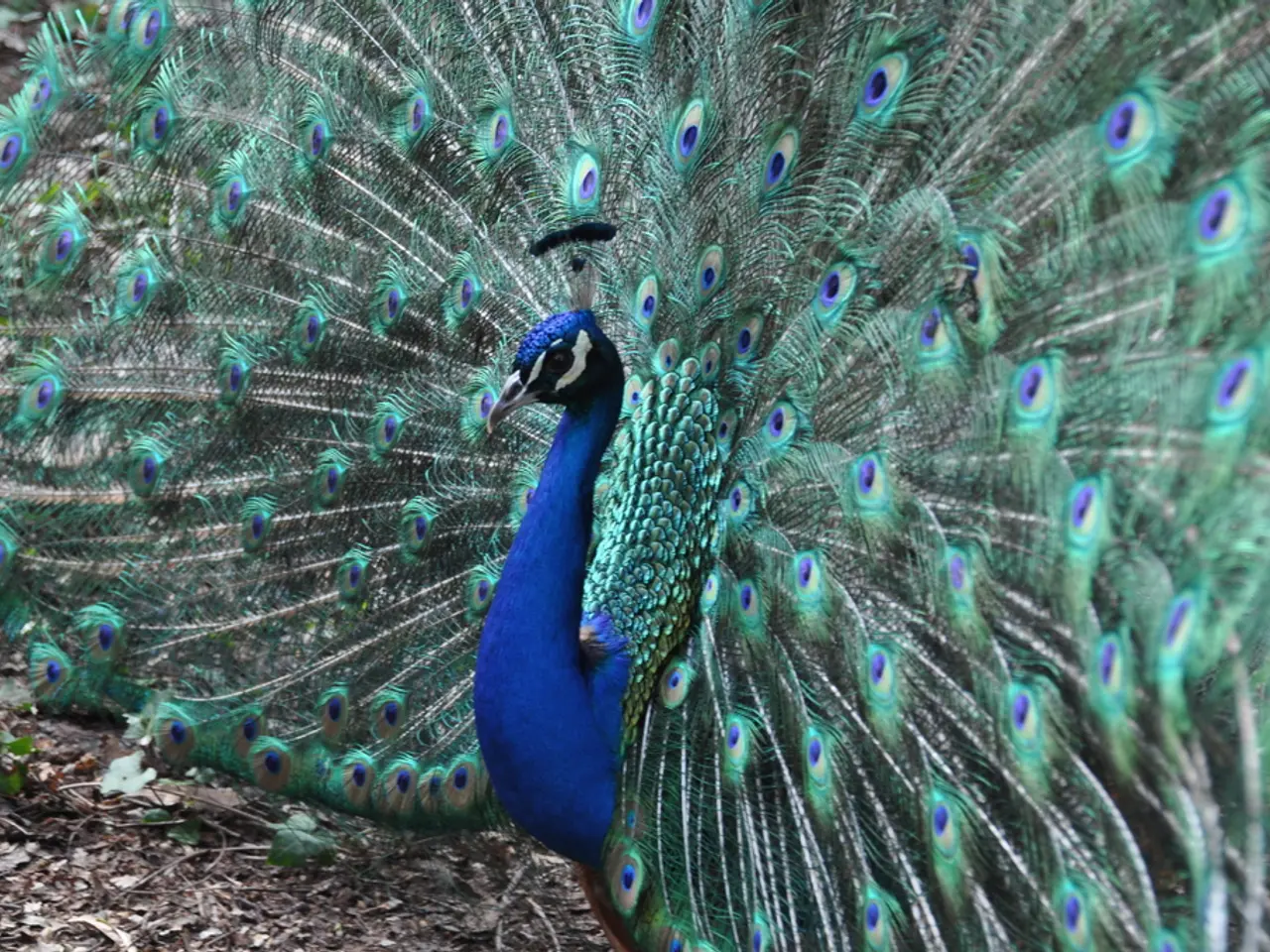Guide for Potato Cultivation for Novices: A Comprehensive Starting Point for Potato Farming
Ready to grow some taters? Here's a beginner's starter guide to getting you started on a successful potato harvest.
Timing is Everything
Potatoes thrive in both cool and warm seasons, but they're picky about the weather. The leaves won't survive a freeze, but they can push out new leaves if there's a late freeze. In hot weather, tuber production often stops at temperatures above 90-95°F. So it's essential to plant in the cool season (about 2-4 weeks before your average last frost date). But instead of relying on the calendar, check the soil temperature and don't plant until it's 50F or higher.
Locate Your Potato Patch
Potatoes love loose, well-draining soil with a slightly acidic pH, between 5 and 6. Give them a spot with plenty of organic matter like compost, and ensure they receive at least 6-8 hours of sunlight per day. However, potatoes are finnicky when it comes to water, particularly in the spring. Too much moisture can rot the seed potatoes before they produce tubers, so be aware of your rainfall and water sparingly if needed.
Tips for Planting
Plant in the spring, ideally when the morning soil temperature at a 4'′ depth is above 50°F. Always buy certified seed potatoes to avoid disease risk. Choose whole potatoes or cut them into pieces (make sure they have at least two eyes). Allow any cuts to heal for a day or two before planting, and leave each potato about 10-12 inches apart. Plant about 4 inches deep, and you can choose to grow them in raised beds, containers, or in the ground.
Secret to Success
Proper "hilling" is essential for a bountiful potato harvest. When your plant is 6-12 inches tall, add extra dirt or mulch around the base to cover developing potatoes, prevent them from getting sunburned, and insulate them from the heat.
Potato Growth: Things to Know
If you understand the growth cycle, you'll know what to expect throughout the season. Sprouts will emerge from the soil, and leaves, stems, and a root system will form. Tubers will begin to form underground, followed by expansion and storage of starches and sugars. As the potatoes mature, the tops of the plants will dry out and die, signaling the end of the growing season.
Harvesting
Harvest after 2-3 weeks following the death of the plant for storage, or during the flowering stage if you only want fresh potatoes. Take care not to damage the tubers while harvesting, as piercing them can compromise their storage life.
Tips for Storage
Store harvested potatoes in a dark, humid place at around 60-65°F for 2 weeks before moving them to a final storage location with high humidity, good aeration, and cooler temperatures (38 - 40°F).
Varieties for Beginners
Yukon Gold and Dark Red Norland are great options for beginners. Get 5% off from Wood Prairie Family Farm with the code 'JILL5'.
Implement these tips, and you'll be chowing down on your very own spuds in no time! Reference 1 Reference 2 Reference 3 Reference 4 Reference 5
- For a successful potato harvest, consider subscribing to the 'Garden Podcast' for tips on planning your garden and managing potato growth, alongside discussions on various home-and-garden topics and lifestyle improvements.
- To accompany your potato patch, find useful resources such as 'garden printables' offering schedules, planting guides, and caring tips for maintaining a thriving garden, all available online.
- Enhance your gardening knowledge by exploring our recommended variety for beginners, the Dark Red Norland potatoes. To save on your purchase, use the code 'JILL5' at the checkout from Wood Prairie Family Farm, a trusted home-and-garden supplier.








